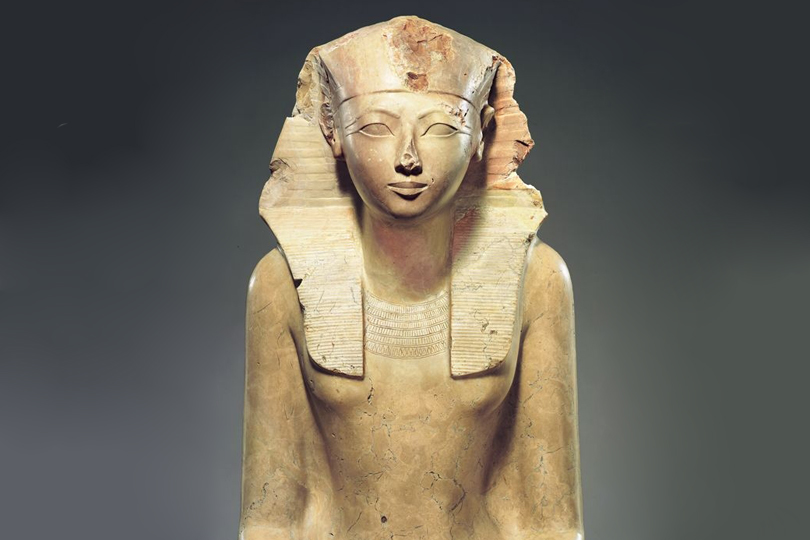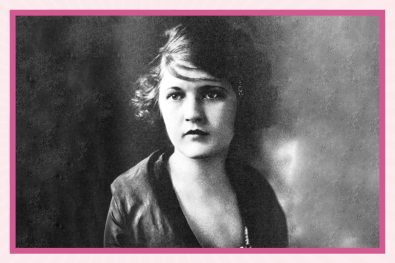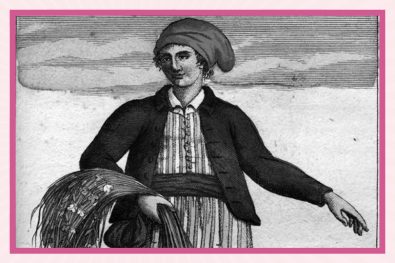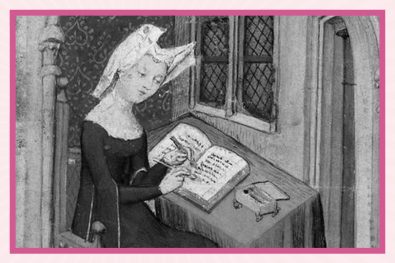Thousands of years ago, a woman named Hatshepsut declared herself king of Egypt, ruling as Pharaoh for two decade (c. 1479-1458 BC). On one hand, her rule was a time of relative peace and prosperity and saw the creation of ambitious building projects and impressive artworks. But on the other hand, many have seen her as a usurper and have been suspicious of her claim to power. Here, we take a closer look at the life and legacy of Hatshepsut, one of the most powerful women of the ancient world.
Early Years
Hatshepsut’s story takes brings us back to the New Kingdom, a period characterized by Egyptian imperial power and prosperity. Scholars believe she was likely born circa 1504 BC, the eldest daughter of the ruling pharaoh of Egypt, Thutmose I, known to be a charismatic leader of legendary military exploits, and his wife Queen Ahmose.
Professor Guy D. Middleton writes in in Women in the Ancient Mediterranean World that in “time-honoured Egyptian tradition,” she was married to her half-brother, who succeeded as Thutmose II. This meant that at about age 12, Hatshepsut was made Queen, wife of the ruling pharaoh.
As the late pharaoh’s daughter, the new pharaoh’s wife, and his half-sister, she held multiple royal titles: “King’s Daughter,” King’s Sister,” and “King’s Great Wife.” Middleton writes that in addition to these royal titles, she was given a spiritual title: “God’s Wife of Amun.”
Together, Thutmose II and Hatshepsut had a daughter that they named Neferure. Her husband also had a child with a woman named Isis—this time, a son, also named Thutmose.
When Thutmose II suddenly died circa 1469 BC, just a few years into his reign, his young son was instantly proclaimed pharaoh. This was standard, as the title of pharaoh was passed down the male line. What is interesting is that it was not the young Thutmose III’s mother, Isis, that was named regent in his minority; Middleton believes this is because she was not of royal blood. Instead, Hatshepsut, the young pharaoh’s stepmother/aunt, was declared regent.
Of course, as the daughter of the previous pharaoh, Hatshepsut also had her own claim to the throne, writes Middleton. In fact, it has been suggested that her father may have intended for her to rule after him. It may have been later propaganda, but the inscription at her temple claims that Thutmose I appointed her himself by saying: “she is my successor upon my throne, she it assuredly is shall sit upon my wonderful seat.”
But many scholars believe this was unlikely; female pharaohs were rare. In fact, over the last 1,500 years, there had only been two or three female pharaohs and they only ruled because there were no male successors. (Cleopatra would come later in history.)
Nevertheless, in c. 1479 BC Hatshepsut’s position changed from wife of the king to acting regent, set to rule on behalf of her stepson/nephew until he reached his age of majority.
Powerful Female Pharaoh
As regent, Hatshepsut got a taste for power. And it seems she wanted more.
Historians are not sure when Hatshepsut decided that she wanted to rule as king herself, not just from behind the scenes in the name of someone else. But at some point, she decided that she would rule alongside her stepson as an equal, or even as his superior, and she wanted the title of pharaoh for herself.
About seven years into her regency, Hatshepsut had herself crowned as though she were a male pharaoh. Middleton thinks that it must have taken a lot to get the title of pharaoh, as she would have needed the support of many powerful men, including ministers, military leaders, governors, etc. “Evidently, she had a clear sense of purpose in what she wanted to achieve and a sense of entitlement to it,” he writes.
Professor Dorman, a historian and Egyptologist, writes that “in laying claim to the throne as a ‘male’ pharaoh…she was forced to alter the basis of her legitimacy.” From then on, she focussed on cultivating an “elaborate mythology of her predestination” and emphasised how her right to rule was directly based on her descent from her father.
As a ruler, Hatshepsut fashioned her image into that of a traditional male pharaoh, with the “broad, bare chest of a man and the pharaonic false beard.” Some early scholars that studied her reign thought this may have been a disguise, allowing her to pretend to be a man. Others thought it might have been “devious” gender-bending. Kelly-Anne Diamond, a professor of women’s and gender studies, writes that Hatshepsut’s public representation was not “gender incongruity” as the early Egyptologists who studied her with disdain believed. It was far more complex, and for one thing, was a “deliberate attempt to appeal to [ancient Egyptians’] sensibilities and provide them with solace in her rule.”

Legacy
Hatshepsut was one of the few women to rule Egypt as a pharaoh and she did so for an extraordinarily long time with great success. She was a skilled politician and her reign saw the birth of great building projects and magnificent artwork.
Twenty-two years into her reign, circa 1458 BC, Hatshepsut died and her stepson, likely in his 20s at this point, finally ascended to the throne.
What happened to her body is a mystery; according to Middleton, her looted tomb was later found empty. After her death, it appears her stepson/nephew had her name erased from history. During Thutmos III’s independent reign, her name and images were all destroyed.
The relationship between Hatshepsut and Thutmose III has been debated since. Professor Middleton considers whether erasing her name was revenge for being sidelined for two decades of his rule; but he believes that at the end of the day, Thutmose III would have had her deposed a lot earlier if he had wanted to. Likely, it was just his attempt to “rebalance history, putting himself before the queen-regent.” Similarly, Professor Diamond points out that he maintained her circle of officials and continued out her plans to restore monuments in Egypt, which demonstrates his respect for her decisions and authority.
Nevertheless, her name was erased from the records, and she was entirely forgotten. After thousands of years, her story came to light in the 19th century through the discovery of a French Egyptologist. But by then scholars read it with their own biases and it was twisted into “a soap opera of deceit, lust and revenge.” Many early scholars saw her come to power as treachery—not only was she a usurper, but she was a woman usurping a man, making it even worse. They were also suspicious of her insistence on being portrayed as male, “with bulging muscles and the traditional pharaonic false beard.” This was interpreted by those historians “as an act of outrageous deception, deviant behaviour or both.”
Meanwhile, others saw her as a passive figure under the influence of her male advisors. Her chief minister, a man named Senenmut, has been unfairly seen as either her lover, or the true power behind her rule, or both. Later histories depicted him as the “evil genius behind what they viewed as her devious politics.” Middleton discounts both of these theories. “Their relationship does not need to be seen as one of male dominance and female passivity of sexualised in any way,” he writes. “It is possible for two people of the opposite sex to work successfully together and to be close allies or friends.”
Finally, in recent decades, with the “gradual shift in cultural attitudes toward women in power,” we have begun to see further interpretations of Hatshepsut’s reign. As Middleton concludes, Hatshepsut was a successful politician and ruler, who thrived in a world dominated by men; she deserves to be remembered as one of history’s great female leaders.”











